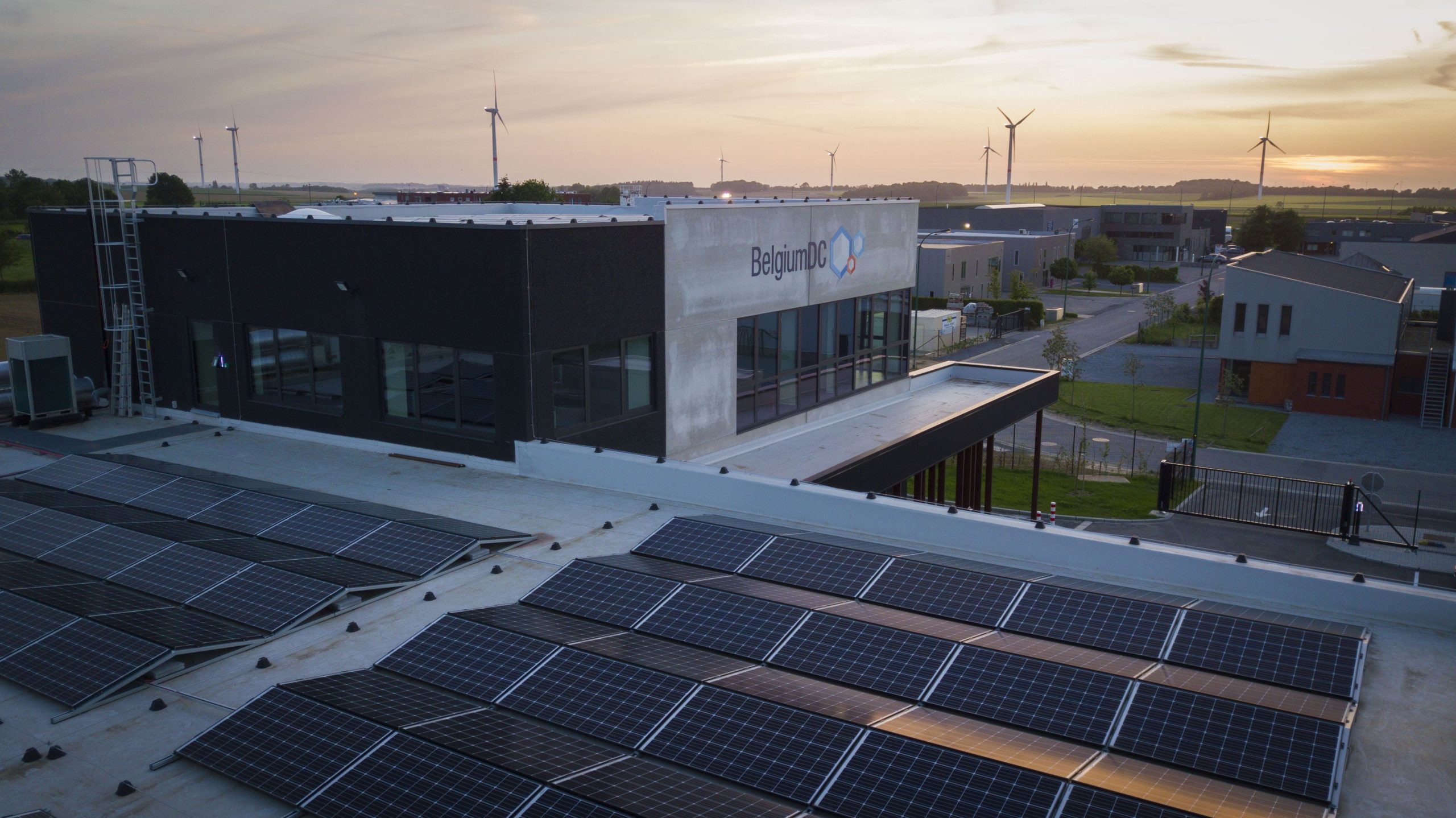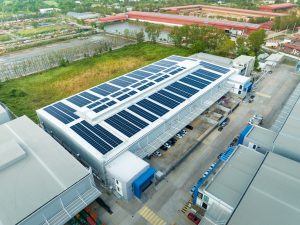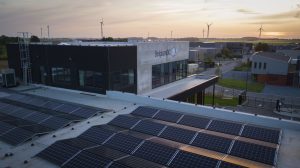In today’s digital age, businesses of all sizes heavily rely on technology to streamline their operations, optimize processes, and stay competitive. As a consequence, the generation and management of vast amounts of data have become paramount. To address this demand, companies are increasingly turning to proximity colocation data centers to meet their data storage, management, and security requirements efficiently. In this article, we will delve into the world of proximity colocation data centers, with a specific focus on the emerging concept of “Edge Data Centers,” exploring their advantages and benefits for businesses operating in the modern technological landscape.
Understanding Proximity Colocation Data Centers
A colocation data center, often referred to as a “colo” facility, is a purpose-built infrastructure designed to accommodate the IT equipment of multiple customers. Unlike traditional data centers that are standalone and owned by individual companies, colocation data centers offer shared facilities, allowing multiple businesses to house their servers, networking equipment, and other IT resources in the same physical location.
The defining characteristic of proximity colocation data centers is their strategic location in close geographical proximity to their customers. This geographical nearness ensures rapid access to data and applications, minimizing latency and offering seamless connectivity. In contrast, traditional data centers might be situated farther away, leading to increased data transit times and slower response rates.
Edge Data Centers: The Power of Proximity
One subset of proximity colocation data centers gaining significant traction is the concept of Edge Data Centers. As the name suggests, Edge Data Centers are strategically positioned at the network’s edge, near the end users and devices generating and consuming data. These data centers are engineered to deliver high-performance computing capabilities and exceptionally low-latency data processing.
The rise of the Internet of Things (IoT) and the need for real-time data processing have accelerated the popularity of Edge Data Centers. In an era where devices, sensors, and machines continuously generate data, rapid processing and response times are essential for applications like security monitoring, telecommunications, and online gaming.
Advantages of Edge Data Centers
- Lower Latency: One of the most significant advantages of Edge Data Centers is their ability to deliver lower latency. Latency refers to the time it takes for a data packet to travel across a network. With Edge Data Centers storing data locally, the distance data needs to travel is reduced, resulting in faster processing speeds and near-instantaneous responses. This is crucial for applications that require real-time data analysis and actions.
- Reliable Connectivity: Edge Data Centers, being in close proximity to end users, reduce the number of network hops required to access data. Fewer hops mean reduced chances of data congestion or interruptions, leading to more reliable connectivity. Moreover, Edge Data Centers are equipped with redundant network connections to ensure continuous service availability even in the event of a network failure.
- Enhanced Security: Security remains a top priority for businesses storing sensitive data. Edge Data Centers boast robust security measures to protect customer information and resources. State-of-the-art features like video surveillance systems, biometric access controls, fire detection systems, and redundant cooling mechanisms safeguard critical assets and data from potential threats.
- Scalability and Growth Flexibility: Edge Data Centers offer businesses the agility and scalability they need to grow their IT infrastructure according to evolving requirements. As companies expand their operations, Edge Data Centers can accommodate additional server space, networking equipment, and storage, ensuring seamless expansion without major disruptions.
- Predictable and Reduced Costs: Proximity colocation, including Edge Data Centers, allows businesses to adopt a pay-as-you-go model, optimizing operational costs. Rather than investing heavily in building and maintaining their own data centers, businesses can lease the required infrastructure in a colocation facility, reducing capital expenditures.
- Reduced Environmental Impact: Edge Data Centers are designed with energy efficiency in mind. Their smaller footprint, combined with innovative cooling solutions and optimized power usage, helps to minimize energy consumption and reduce the environmental impact of IT operations.
In the rapidly evolving digital landscape, the utilization of Edge Data Centers and proximity colocation facilities presents an array of benefits for businesses seeking enhanced IT infrastructure solutions. Lower latency, reliable connectivity, increased security, scalability, and cost-effectiveness make Edge Data Centers an ideal choice for applications demanding real-time data processing and analysis.
As the Internet of Things (IoT) continues to expand and data generation surges, the demand for Edge Data Centers and proximity colocation will likely grow in tandem. By carefully evaluating their IT infrastructure needs and choosing a nearby colocation data center offering the most suitable services, businesses can optimize their data management capabilities, enhance customer experience, and position themselves competitively in a technologically-driven world. The adoption of Edge Data Centers represents a strategic move towards efficiency, cost-effectiveness, and sustainable growth in the digital era.






